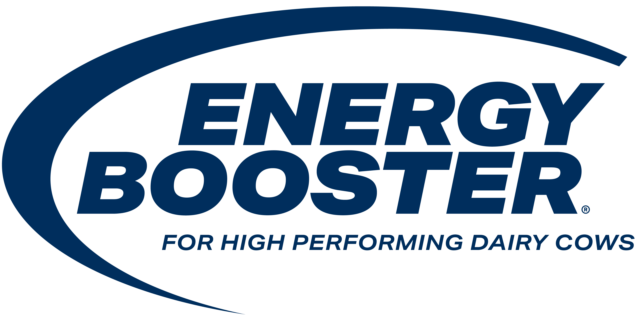The head of the nation’s dairy farmer organization blasted the dairy provisions in the pending House farm bill as costly to taxpayers, a bonanza for processors and not what’s needed to help farmers.
Randy Mooney, board chairman of theNational Milk Producers Federation(NMPF), speaking at its annual meeting at the Arizona Biltmore Hotel, said the House of Representatives was dangerously close to repeating the mistakes of the early 1980s, when the federal dairy safety net was “far too generous.” In those days, Mooney said, “you had to work at it to lose money milking cows.” Farmers produced more milk than the market could absorb, letting Washington buy up the rest. “The USDA became the largest single customer that farmers had. We spent most of the rest of the ‘80s paring down the structural surplus that was created because Congress wanted to help us … to a fault.”Today, “we are in the dangerous position of repeating history because certain people in Congress are forgetting the lessons of the past.” The House, he said, has voted for a new subsidy for dairy farmers modeled on crop insurance but with no mechanism to limit costs when the economy slows down.
The subsidy payments will insulate farmers from the market, and milk production will keep growing. “It’ll be cheap milk for processors, with taxpayers on the hook to keep the insurance money flowing,” Mooney said. “And mark my words: If this approach were adopted, it would be the first, and last time, that a farm bill features this type of program. It’s just not built on a sound financial footing.”
The Senate, by contrast, has embraced a combination of margin insurance and a market stabilization program that sends clear signals to farmers when less milk is needed.
“It’s not government forcing you not to produce,” Mooney told nearly 1,000 dairy farmers and others attending the meeting. “It’s a simple, voluntary device to encourage a faster rebound in healthy margins, and it’s a way to reduce the cost of this new dairy program to taxpayers.”
Mooney’s remarks came as a House-Senate conference committee was working in Washington on a final, compromise version of the 2013 farm bill. The dairy title is a key issue in the negotiations. “We’re not asking for a handout,” Mooney said, “we’re asking for a hand. And we are willing to do our part to make sure taxpayers aren’t on the hook for an open-ended, costly new program.”
Mooney, who also serves as board chair of Dairy Farmers of America, one of the nation’s largest dairy cooperatives, addressed several other issues in his speech:
On immigration, he said, “dairy farmers in every region of the country face the same dilemma. It’s hard to find good help, and the nation’s labor and immigration policies are a hindrance.” The Senate’s comprehensive immigration reform bill, passed this summer, “would be of particular benefit to dairy farmers, since it addresses both our current workers and our future employees.”
But the House strategy of pursuing a series of smaller measures hasn’t resulted in any bills reaching the floor. “If reform efforts drag on into 2014, it will be challenging to maintain the momentum needed for a legislative solution,” Mooney said.
On humane animal care, Mooney said most of the criticisms leveled at livestock producers are “sparked by the hard-core animal rights crowd that wants to do away with meat and milk consumption.” But these criticisms can also affect the views of mainstream consumers, who “don’t know the realities of today’s dairy industry,” Mooney said.
In response, NMPF has launched an effort to continuously improve animal care, while also measuring the conscientious care that dairy farmers are already providing. Participation now exceeds 70 percent of the nation’s milk supply, Mooney said.
On the proliferation of imitation dairy products, Mooney said NMPF is continuing to urge the Food and Drug Administration to crack down on the misuse of dairy terms. “The terms ‘milk,’ ‘cheese,’ ‘yogurt,’ and ‘ice cream’ should be used only for foods that come from cows."
In addition, NMPF is revitalizing the iconic REAL Seal logo to educate a new generation of consumers about the benefits of real milk. “In contrast to the 1980s, when the Seal was first advertized using print ads, we’re using today’s technology – digital advertising and platforms like Facebook – to get people interested in real dairy foods, and what the REAL Seal means to them,” Mooney said. PD
—From National Milk Producers Federation news release





